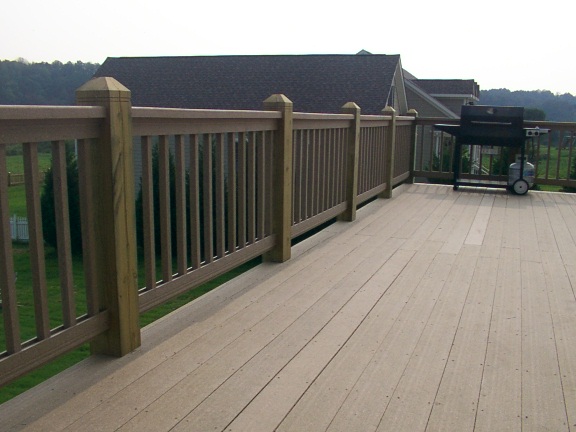As the name implies is an adhesive flashing used to tape the exterior perimeter of windows and doors to prevent the intrusion of water into the wall cavity. Window flashing tape serves as an important redundancy to help prevent the growth of mold or mildew behind the siding and prevent rot or other structural complications.
It is generally composed of three parts. The first is an outer facer material most commonly made of a thin membrane of aluminum, not unlike aluminum foil, or a plastic such as polypropylene or polyethylene. These facer membranes help form the tape around irregularities such as nail or screw heads without tearing, while also providing UV protection to the adhesive backing during times when construction delays prevent the timely installation siding.
Second is the adhesive layer, usually derived from an asphalt or butyl technology with butyl as the more common due to it’s superior adhesion to multiple substrates. It also adheres better in lower temperatures than asphalt adhesives.
The third component is a release liner that is peeled off and discarded during the installation process. Made from a coated paper or plastic, it’s function is keep the adhesive layer in pristine condition until it is ready for use.

Windows sealed with window flashing tape
Did you enjoy this post? Tell us what you think in the comments box below.
Want to see more?
Subscribe to our RSS feed or Subscribe by e-mail
Wood’s Home Maintenance Service offers solutions for a wide range of building, maintenance and repair needs. Give us a call or click the button below to contact us today for a free estimate.




